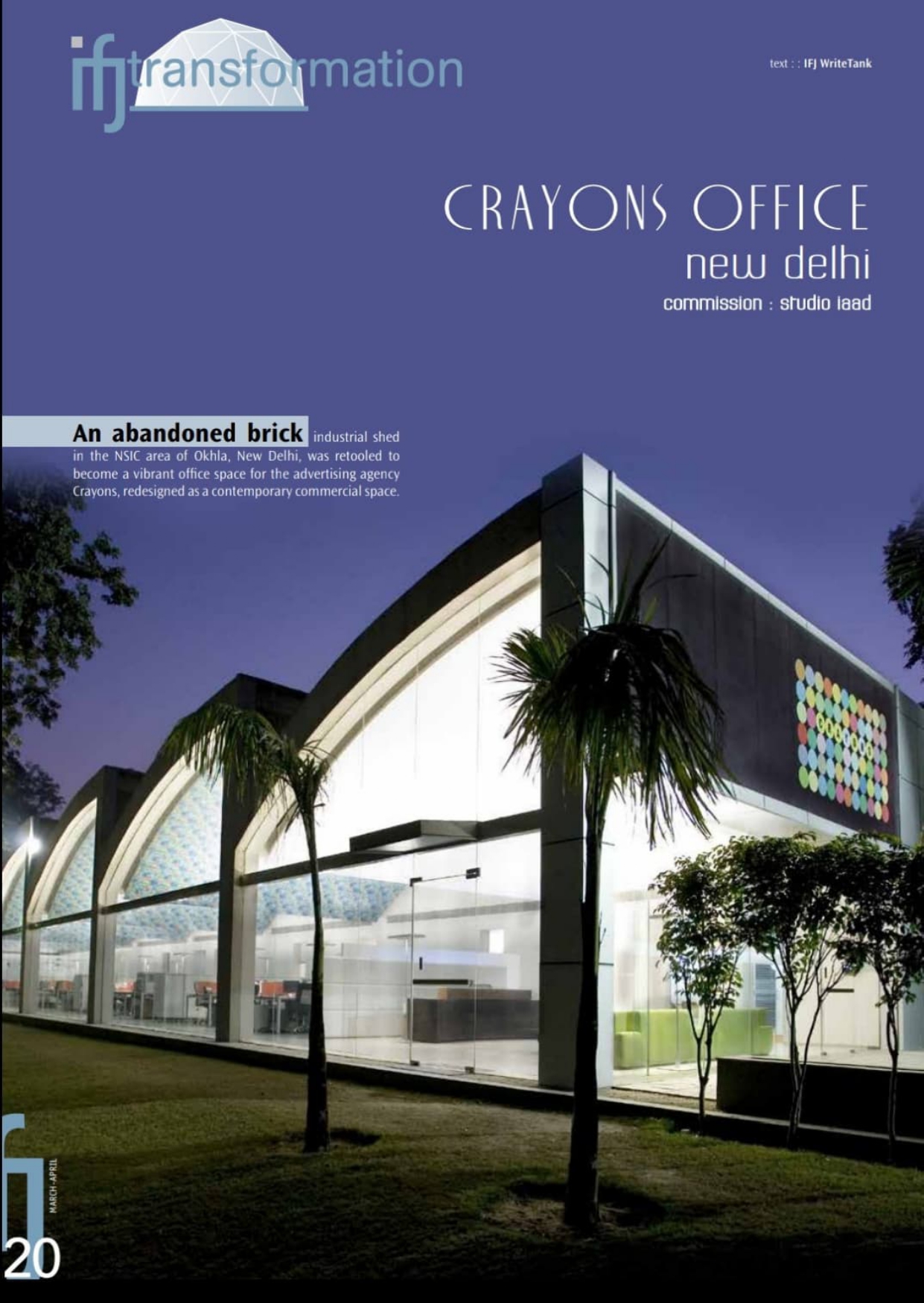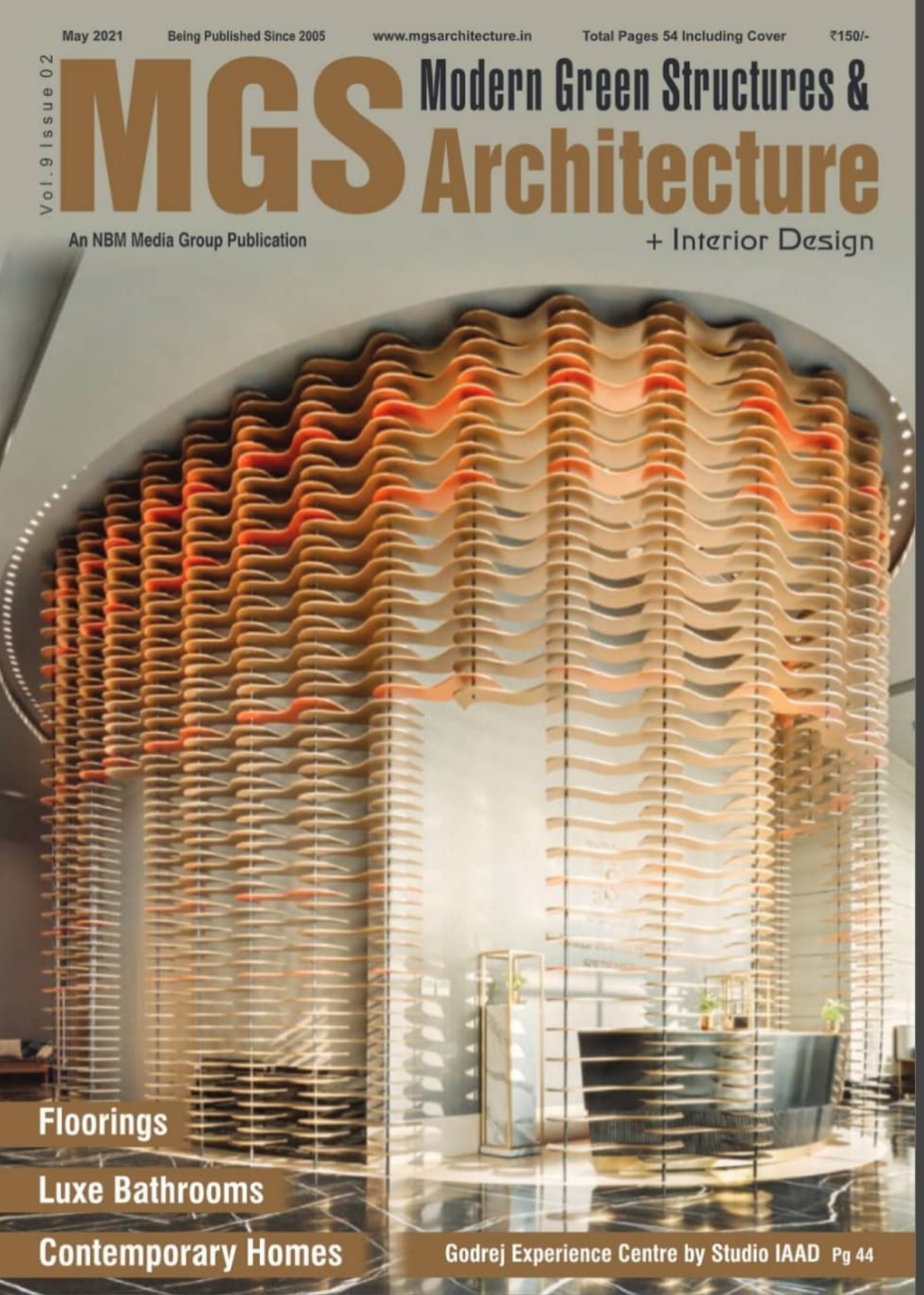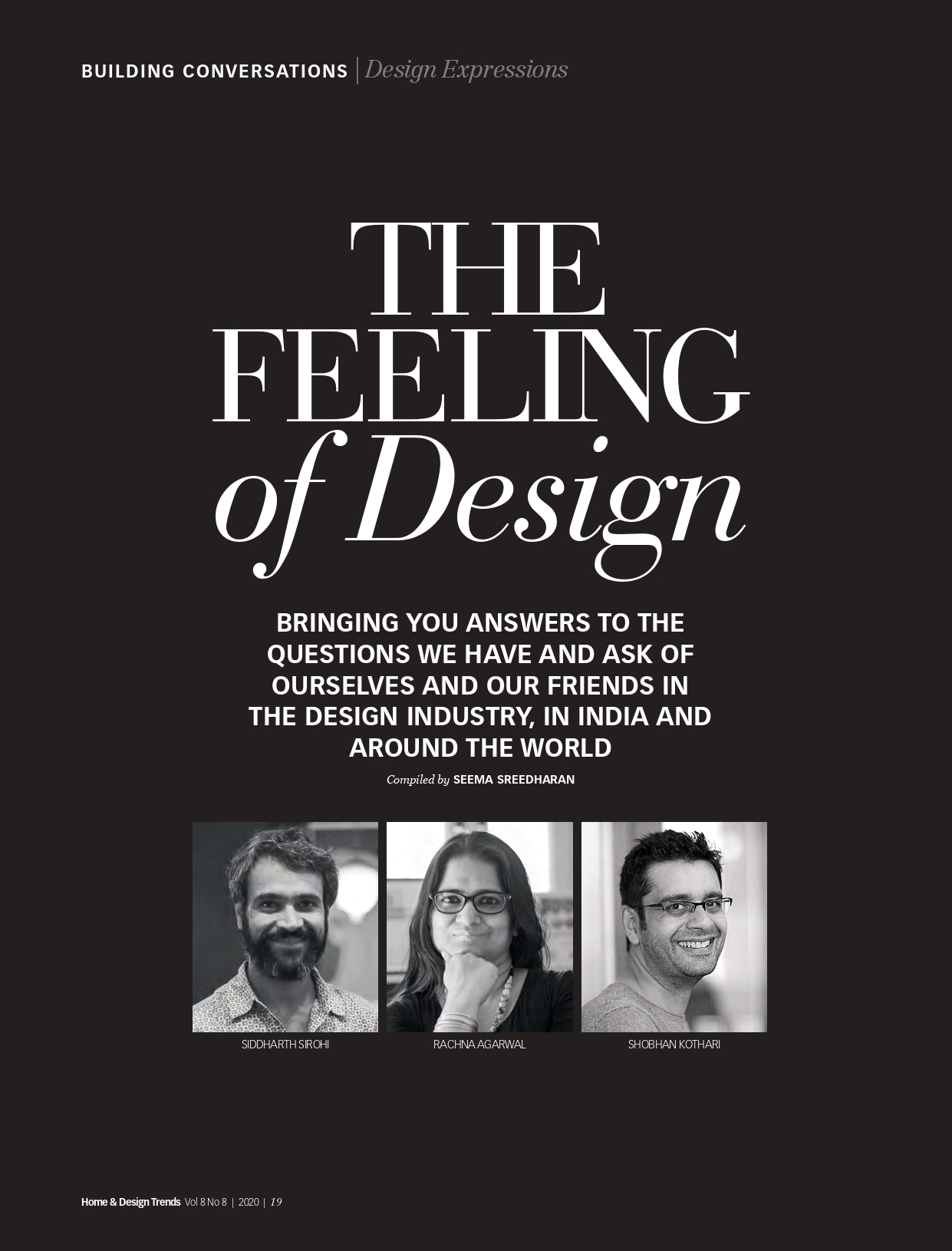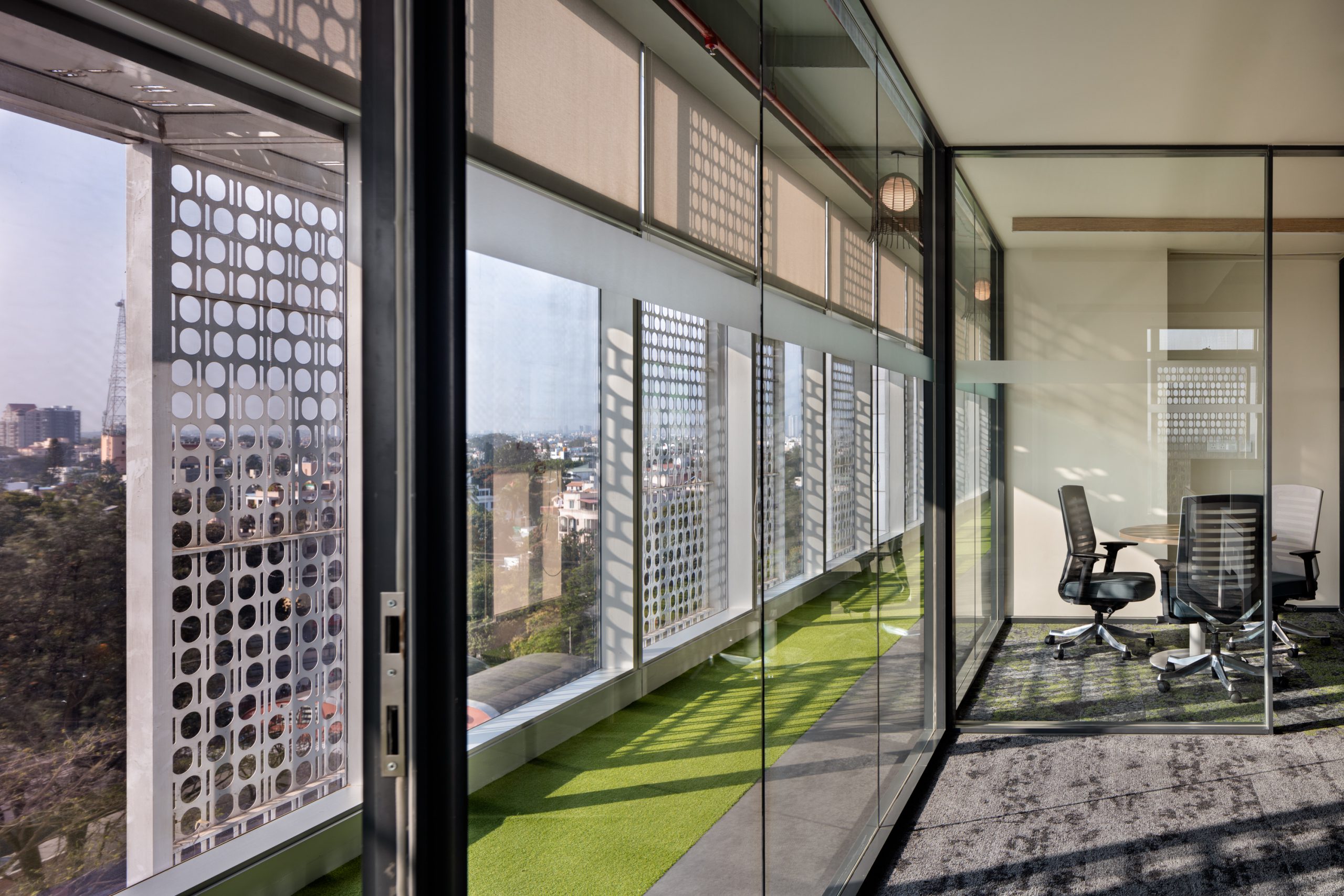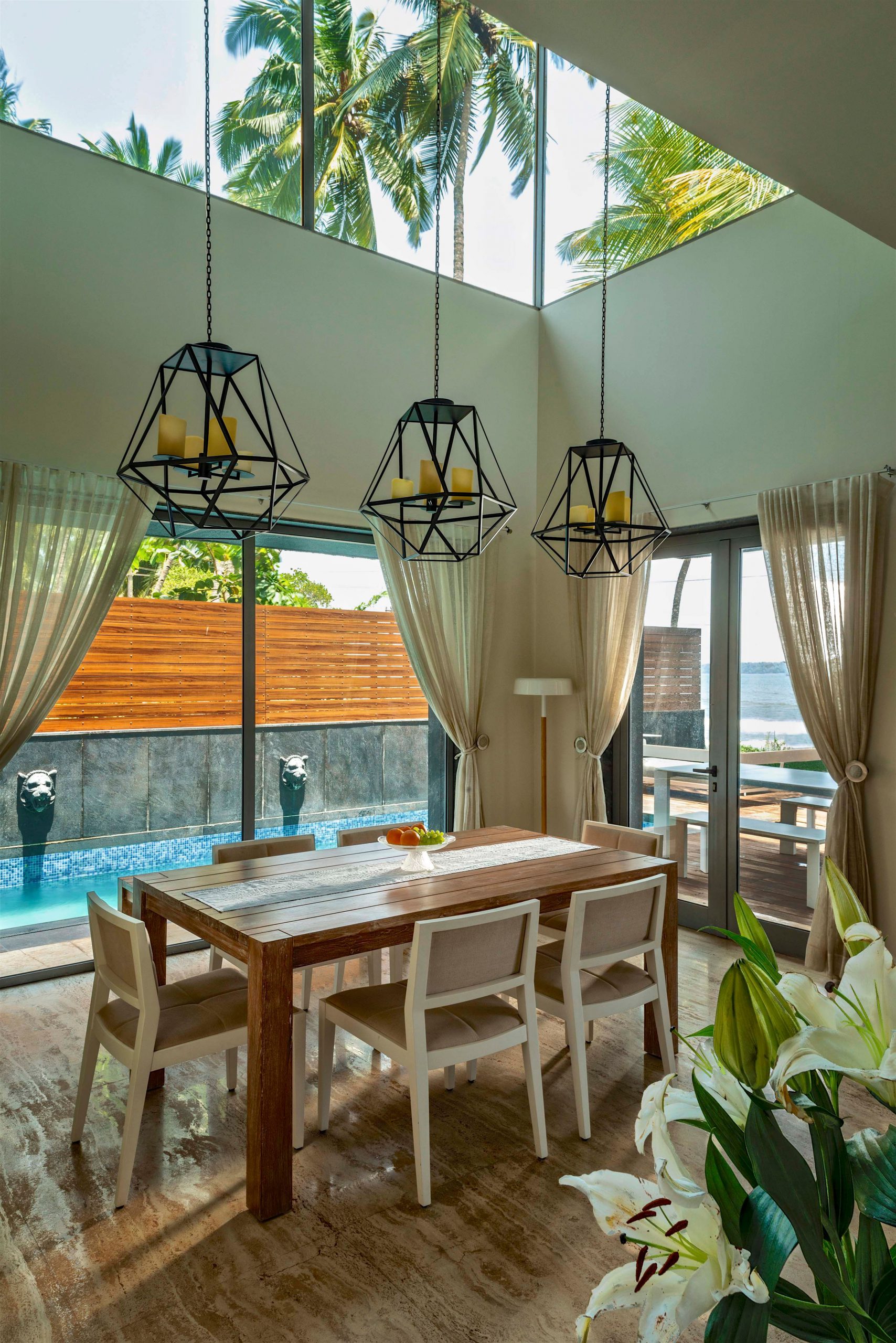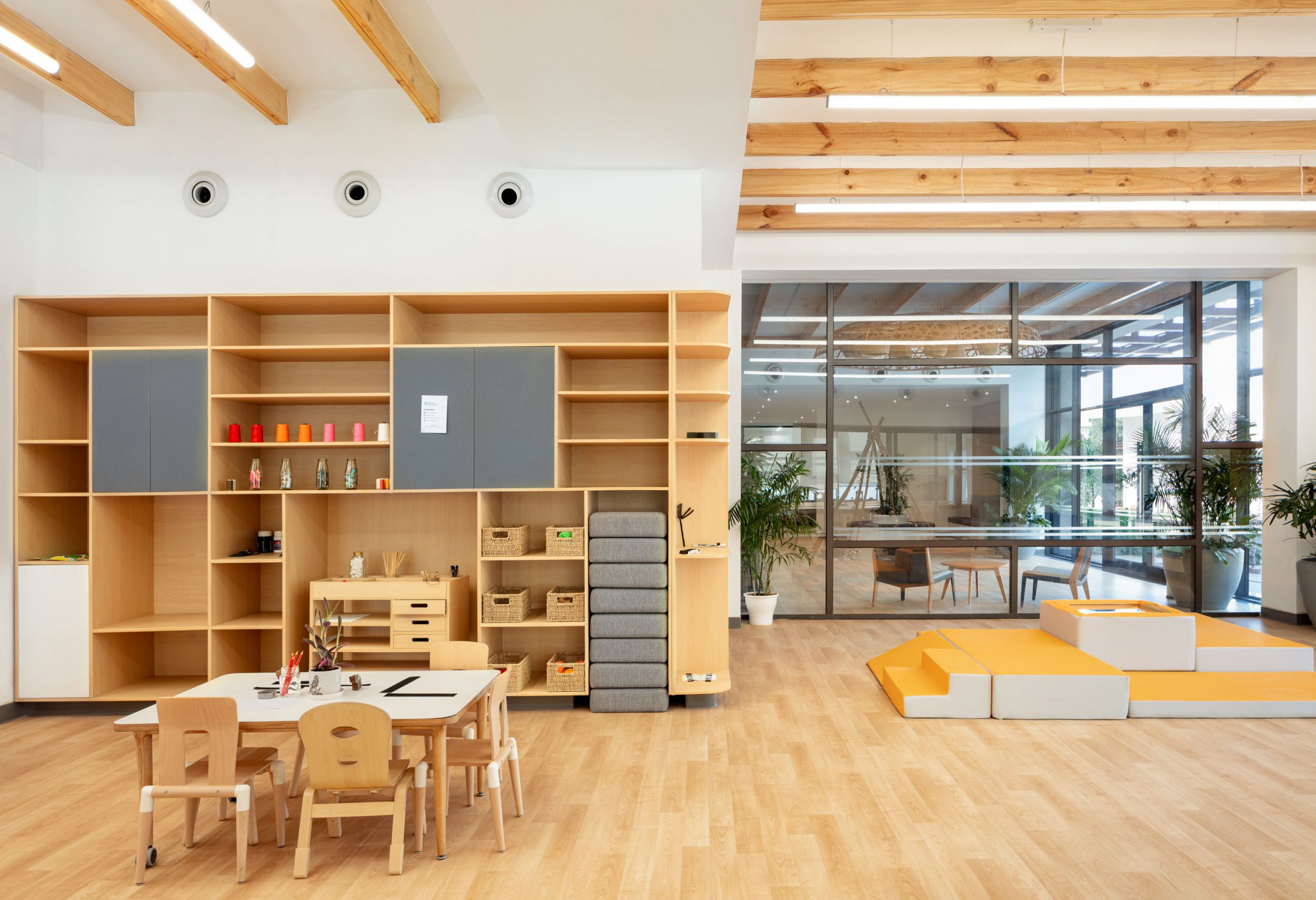
How School Design Evolved in New-Age Pedagogy?
Blog 11

Research on how school-going children imbibe information and knowledge in the past decade reveals that learning spaces and school design play a critical role in the students’ learning outcomes. For example, old-school conglomerated classrooms lined with benches and desks facing the teacher are being replaced with flexible seating and student-centred furniture.
How can we foster a learning environment in the 21st century that replaces intimidatingly institutional architecture and creates a promotive environment for experiential learning? Let’s delve deep into the truths of contemporary school architecture.
Child-centric space design facilitates independent thinking and action. Focussed on experiential learning, the design intent of school architects is to inspire learning with play, fun-based activities and theme-based roles. Knowledge-focussed classrooms and school design give students access to a world of practical information and interactive learning rather than conventional school practices.
The dynamics of learning and teaching have changed for institutional buildings. Customised, flexible classrooms are much more responsive to the changing needs of children and the curriculum. They permit an influx of modifications as per lesson plans to maximise student engagement and classroom delivery.
Interiors of a classroom integrate open spaces that allow free movement and promote problem solving and critical thinking. For example, play equipment and hygienic washrooms encourage independent use and action. A cheerful ambiance and nice interiors in the classroom evoke a positive learning attitude too.
Interactive spaces designed keeping safety in mind, enable children to move freely, think independently, and engage in play-based research, making learning fun. Instead of a boxed classroom, flexible spaces in school design provide a more comfortable learning approach that meets the institution’s curriculum needs and tools required as teaching aids.
